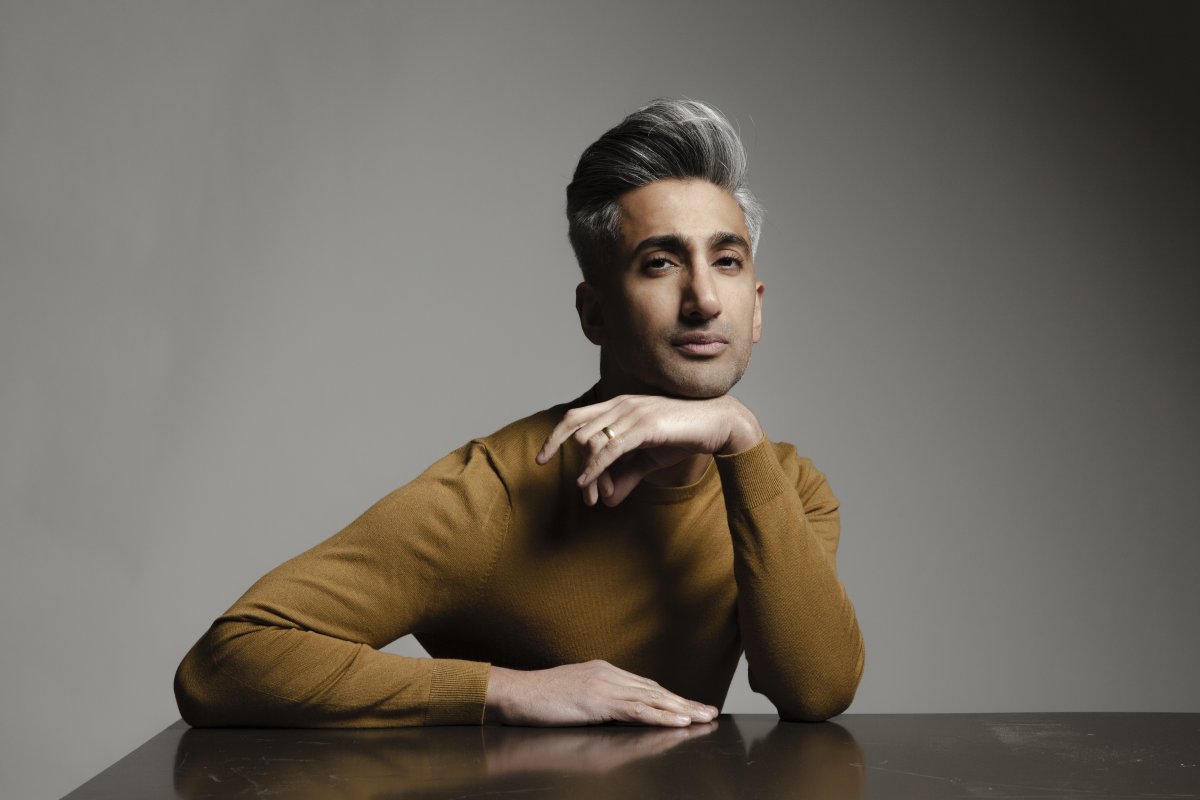Is street art still street art if it isn’t on the street?
Written by Jordana Colomby
It’s a question that’s been chipping away at curators, artists, and onlookers for years as they chip away at wood panels and brick walls, desperate to pry a piece of art off of public streets. This, all because an aloof, anonymous artist has spray painted a stencil — and occasionally a few words — on the side of the building. But this isn’t just any international man of mystery whose work has proven worthy of destroying buildings; this is a Banksy.
If you haven’t heard Banksy’s name, you’ve probably seen his work. His most famous (and technically illegal) pieces include a little girl strip-searching an Israeli soldier in Palestine, a series of apes proclaiming that one day monkeys will rule the world, and of course, the Haight Street Rat. While some call his work vandalism, most people see him as a brilliant commentator on the human condition and a gifted artist. One of those people is Brian Greif: Art collector, curator and rescuer.
The Haight Street Rat
Rewind ten years to when the story began. Banksy came to San Francisco to paint the town red (and black and white). He snuck around in the shadows with a few confidants and each morning the city awoke to a new Banksy original, usually with a satirical message. Within 24 to 28 hours, all of the murals had been erased and painted over, if not by the building owner, than by city officials who prioritized the law over free, public art.


After living in San Francisco, a well-known destination for street art, Greif fell in love with graffiti. He watched street artists scale walls to leave their mark on the city, and immediately he was hooked.
“There are very few art movements where people will quite literally put their lives in danger to put their art up for the public to see for free, and I just really respected that,” says Greif. Not to mention the incredible talent these artists possess. Banksy, in particular, strikes a chord with Greif because his work is funny, yet brilliant. “He’s a lot more than just a clever street artist; he’s a completely rounded, groundbreaking contemporary artist.”
One day, Greif spotted a rare sight, a Banksy that had not yet been removed or destroyed. Standing six-feet tall above the iconic Haight and Ashbury intersection was Banksy’s signature rat. Greif just had to save it.
All artists have their iconic images. Warhol has his soup cans, Dali has his clocks, and Banksy has his rats. Because Banksy rarely talks about his work, his imagery is up for interpretation. But Banksy has spoken out about the rat by calling it the anti-hero. “If you are dirty, insignificant, and unloved then rats are the ultimate role model,” Banksy said in a statement. That’s how Greif chooses the view the rat as well.
Saving the Banksy
The rat cost over $40,000. Not to buy, to save. Greif spent over $40,000 of his own money to remove the rat from the wall. He never sold it, and he ever plan to. “We’ve reached out to a lot of different museums in a lot of different places and for a variety of different reasons they’re not interested,” says Greif. “I just don’t think it’s the right time in history for street art and graffiti but it will come.”


Despite offers exceeding half a million dollars, Greif refuses to sell the piece and instead takes it travelling to exhibits like the one in Yorkville’s The Lane where is stands beside local artists and is open to the public for free.
The Saving Banksy Canada exhibit showcases the sought-after Banksy while promoting local graffiti and street artists like Anthony Ricciardi and Dani Cooperman. “It’s intended as a way to generate discussion and educate people about street art and graffiti, beyond just Banksy,” Greif explains. There are two criteria for Greif to bring the rat and curate an exhibit. First, it needs to be free and open to the public, and second, it needs to support local art. Yorkville checks all those boxes.
Street art out of context
Not everyone supports Greif’s decision to remove the Banksy. The debate itself is the centre of Greif’s Netflix documentary, “Saving Banksy.” While he could be considered a hero for preserving an important piece of the movement, some think he’s a villain for saving a piece of art which was never meant to be saved. Some say it goes against the temporary nature of street art. And some say by ripping it off the wall, it takes the art out of context, destroying the meaning.
“I don’t like taking things out of context,” Greif says. “Taking them out of their original location changes the perception of the art, but if you go to any major museum you’ll see the mosaic, frescos, columns, statues from the Greeks and from the Romans that are all taken out of context. If they were left in their original location, most of those would not have survived.” Now the public can understand what art was like at those times, and that’s what Greif hopes he’s doing with Banksy and the global graffiti movement.
Toronto’s Banksy frenzy
Torontonians will have the chance to see Banksy out of context twice this month. Once at the Saving Banksy Exhibit in Yorkville Village, which runs from June 6 to 11. Then rat leaves for Hamilton and the US on the next leg of its world tour. Just two days after Saving Banksy, another Banksy exhibit is lands, only a couple streets south: Steve Lazarid’s, The Art and Banksy exhibit, and it’s the one everyone is talking about.
The difference between the two exhibits, besides the fact that Greif’s is a street art exhibit and Lazarid’s is a dedicated Banksy exhibit, is that the Art of Banksy costs money. Even though, close confidants of Banksy will tell you the artist has never wanted his art to be sold for a profit.
“Our [exhibit] is free, we don’t charge admission, we don’t make any money off the event,” says Greif. In contrast, the Lazarid exhibit is a collection of privately owned Banksys, which were carved out of concrete walls and preserved in penthouses and mansions all over the world.
Preserving it for later
Looking back on the money and time spent saving this Banksy, Greif wouldn’t change a thing. “I struggle sometimes with whether I did the right thing or the wrong thing,” he contemplates. But when he comes to places like Toronto where people engage with the Banksy rat as well as local street artists then he realizes his actions continue to make an impact.


Greif argues graffiti is one of the most significant art movements in the history of art, even if it doesn’t seem that way now. “I mean nobody liked the French Impressionists at first.” Very few people saw the benefit of pop art. And now those are all important parts of every permanent museum collection.”
Eventually, all museums will be begging for pieces of graffiti because it’s a groundbreaking movement, according to Greif. “It might be ten years from now, it may be 20 years from now but it will happen; it just hasn’t happened yet.”
Who knows? In 100 years we might be studying Banksy in art history classes. We may idolize him the way we do Michelangelo, the Haight Street Rat being his Sistine Chapel.
When these artists are all gone and the paint has been washed off the walls, Greif is certain we’ll treasure the small pieces we have left from the movement, including this Banksy. For him, it’s not about trying to cling to the present, it’s about saving a tiny piece of it so society can look back at this era of art and learn from it.













